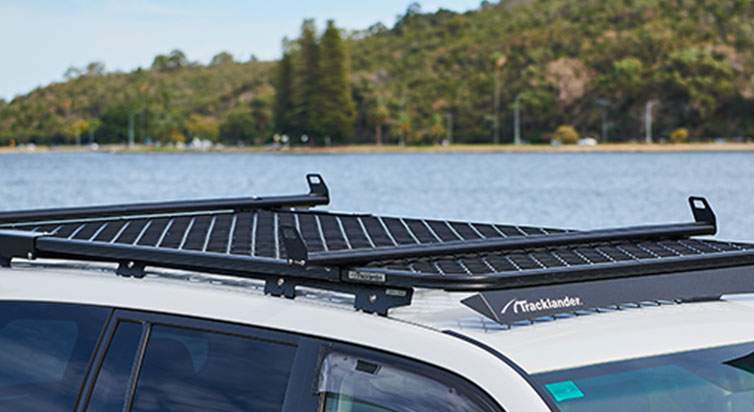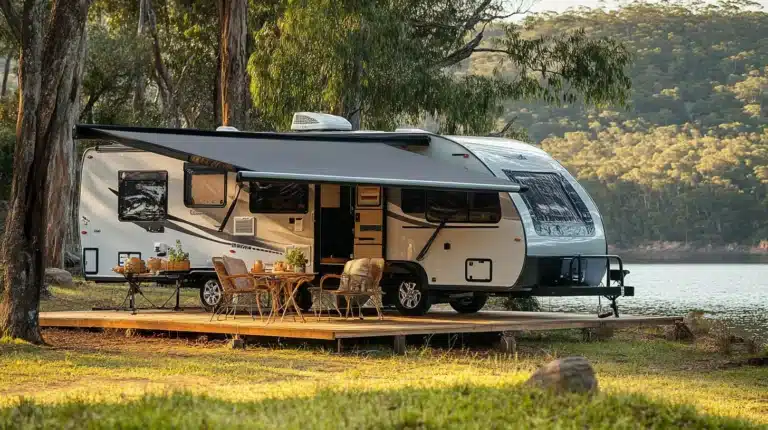When heading out on an adventure or transporting essential gear, securing your equipment to your aluminium roof rack is crucial. Whether you’re planning a long road trip or simply moving large items, properly fastening your cargo ensures safety, prevents damage, and keeps you compliant with road laws.
Here are nine practical tips to help you secure your gear effectively when using aluminium 4×4 roof racks.
1. Choose the Right Roof Rack for Your Needs

Before diving into securing gear, ensure your aluminium roof rack is suitable for your intended load. Consider the weight capacity, size, and design. Aluminium roof racks are lightweight yet durable, making them ideal for most purposes. However, verify that your roof rack is compatible with your vehicle and your equipment.
2. Distribute Weight Evenly
Uneven weight distribution can affect your vehicle’s handling and stability, especially on rough terrain. Place heavier items in the centre of the roof rack and lighter items toward the edges. This minimizes the risk of tipping and keeps the load balanced.
3. Use High-Quality Tie-Down Straps
Invest in high-quality tie-down straps or ratchet straps specifically designed for securing cargo. Avoid using ropes or bungee cords as they may not provide the same level of security. Straps with adjustable tension allow you to keep your gear firmly in place, even during bumpy rides.
4. Add a Protective Layer
If your gear is prone to scratches or damage, add a protective layer between the items and the roof rack. Foam padding, rubber mats, or even an old blanket can cushion your cargo and prevent friction during transit. This is especially useful when transporting fragile or expensive equipment.
5. Use Roof Rack Accessories
Consider using accessories like cargo nets, clamps, or brackets to enhance security. Cargo nets are perfect for holding odd-shaped items together, while brackets can secure items like bikes or kayaks. Accessories designed for specific gear ensure a snug and reliable fit.
6. Double-Check Attachment Points
Before hitting the road, double-check all attachment points. Ensure the straps are tight and secure, with no loose ends dangling. Inspect the buckles or hooks for signs of wear or weakness. A quick pre-trip inspection can save you from issues later.
7. Keep Weather in Mind
Exposure to wind, rain, and sun can impact both your gear and your securing method. Use waterproof covers or tarps to shield your equipment from the elements. Additionally, check that your securing straps or accessories are weather-resistant and won’t degrade under harsh conditions.
8. Avoid Overloading Your Roof Rack
Overloading your roof rack can damage your vehicle, reduce fuel efficiency, and pose safety risks. Check your car’s manual and the roof rack’s specifications to determine the maximum load capacity. Stick to these limits and leave some room for added safety.
9. Perform Regular Checks During Transit
Even with the most secure setup, items can shift during long drives or off-road excursions. Stop periodically to inspect your roof rack and ensure everything remains in place. This is particularly important when travelling over rough terrain or at high speeds.
Conclusion
Securing gear to your aluminium roof rack doesn’t have to be complicated, but it does require some preparation and attention to detail. By following these practical tips, you can ensure your cargo stays safe, your vehicle performs optimally, and your journey remains stress-free.
So, the next time you load up for an adventure, take the time to secure your gear properly—it’s worth the effort for peace of mind and a smoother ride.
















